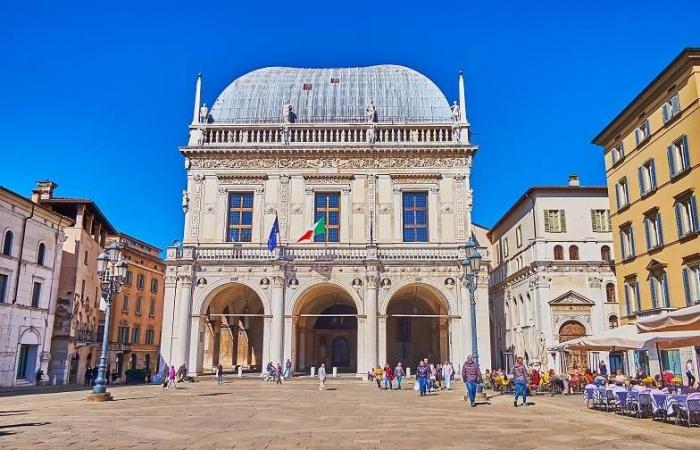The results of. were presented by the Municipality “And how do you get around Brescia?”an online survey proposed with the aim of updating the databases on the movements of those who travel in Brescia and the collection of useful information for monitor the implementation of the Urban Sustainable Mobility Plan (Pums).
Beyond 12,000 people from Brescia who joined the initiative (of which 9,000 profiles), functional both to verify the effectiveness of the interventions carried out and to update the modal split, i.e. the distribution of city movements according to the different modes of transport, responding to the need to have access to a updated databasewhich allows the Administration to understand and analyze the mobility demand of those who move to Brescia over time, especially following the profound changes encountered in recent years during which, in a short period, a very significant transformation has occurred .
The sample of data collected, statistically extended to the total population involved, allows us to reconstruct a total of more than that 1 million movements per day in the city (12% more than 2022 and only 1.6% less than 2019), a symptom of a demand for mobility now back to pre-pandemic levels.
Compared to the total movements of residents in the city, people move mainly for study or work reasons (66%), followed by leisure/sport/free time (14%), personal commissions (12%) e accompaniment/visits of family members (8%).
As for the types of means usedthe different forms of sustainable mobility total 60%which is divided into 34% public transport, 21% cycling and 15% walking, while the private car corresponds to 39% of overall movements.
Different uncommon behavior of residentswho come and move around the city even more predominantly for study or work reasons (79%), followed by leisure/sport/free time (8%), personal errands (8%) and accompaniment/visits of family members (5 %)
The preference of the means used is also different. Sustainable mobility in this case represents 30% of trips, which are divided into 26% of public transport and 4% of cycling, while the use of private cars is prevalent in 65% of cases.
The data led to some conclusions, including the observation that Brescia is almost returning to normality after the effects of Covid-19. As regards the means used, private transport is always the preferred means of transport, especially in exchange relations from/with the outside, but bicycles and public transport maintain a significant weight. Movements are mostly systematic in nature, although “recreational” movements are increasing.
(SM)






